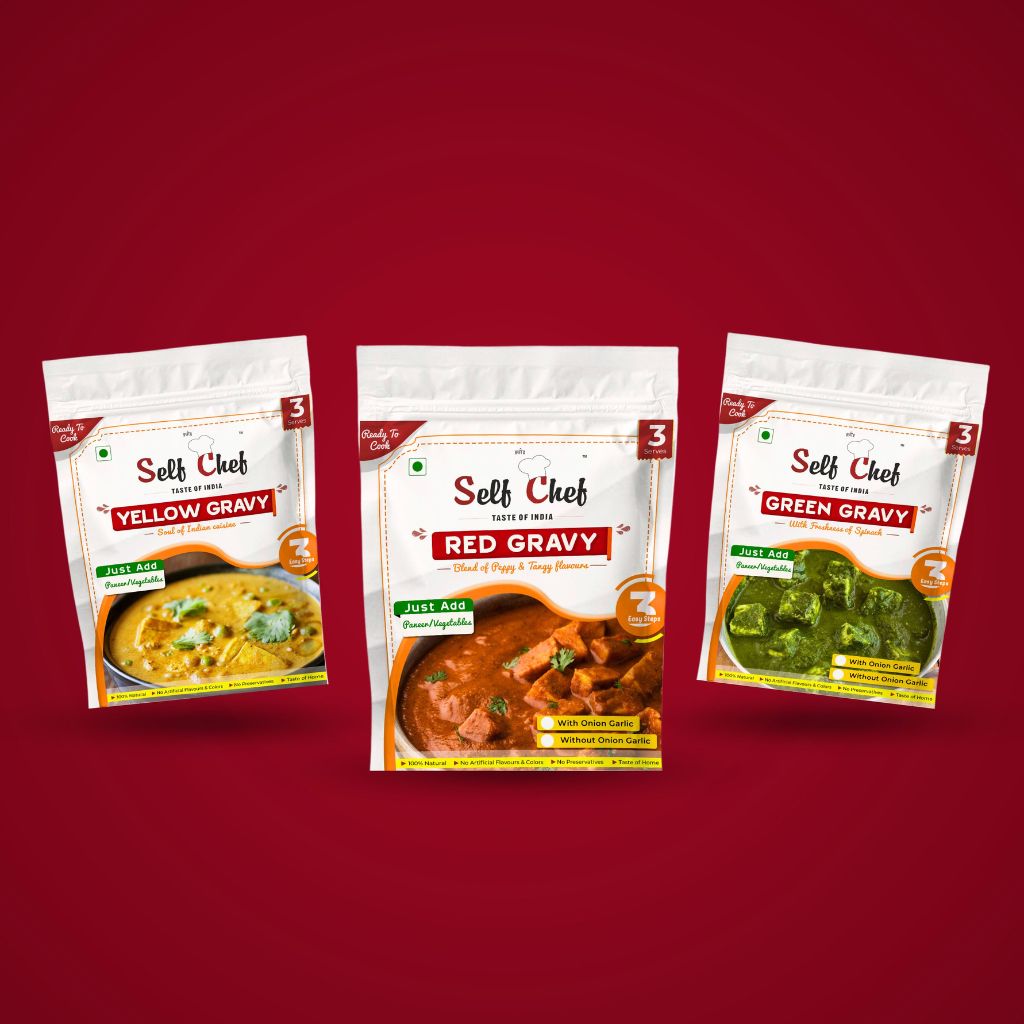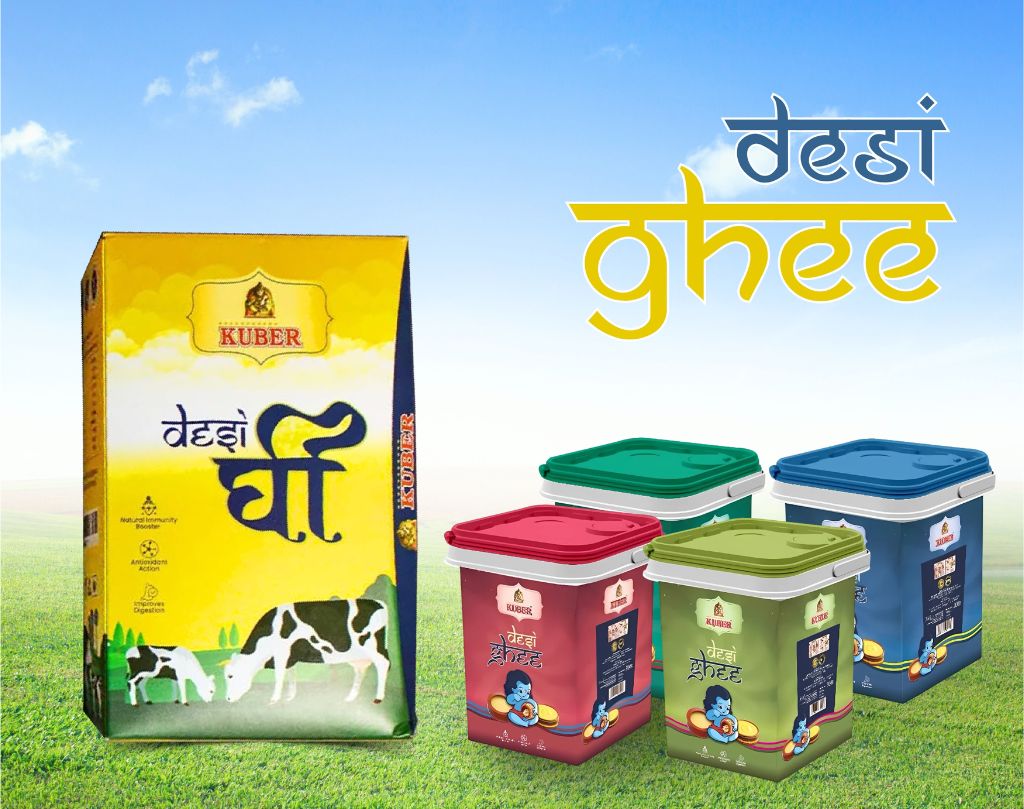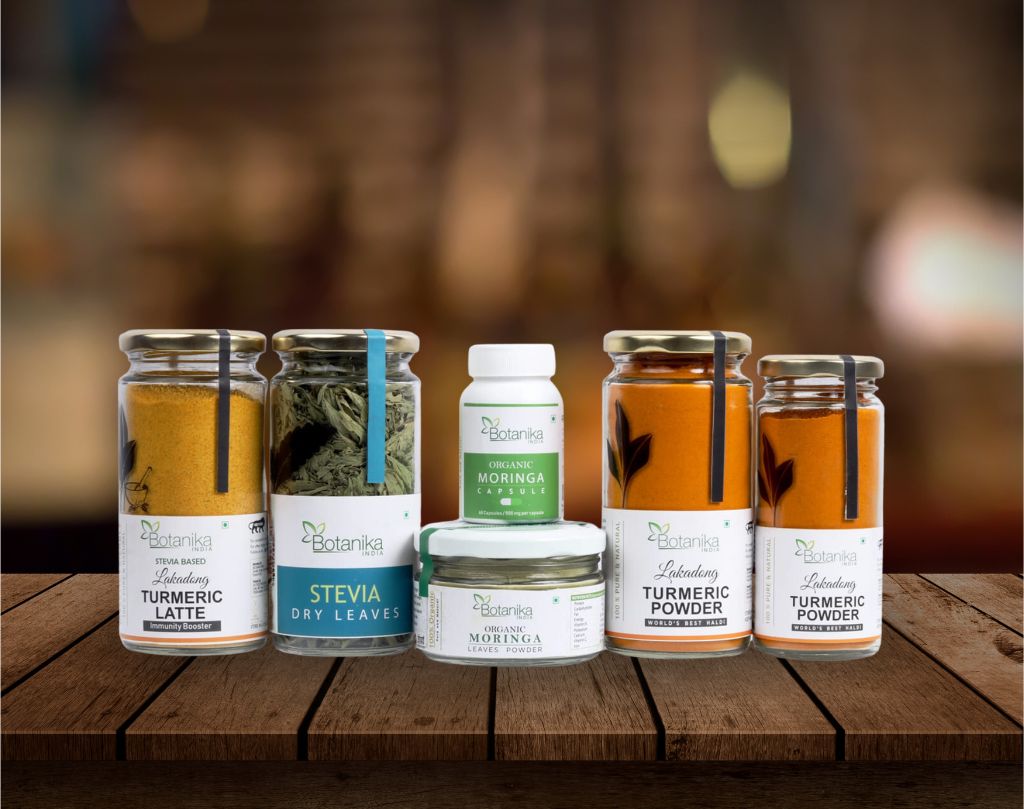
Menu
Why packaging is your silent salesperson?
When you stroll down the aisle in a supermarket or scroll through a website, dozens—if not
hundreds—of items vie for your attention. Some will make you pause, glance twice, and
possibly even reach for them. Others will simply blend into the background, unnoticed. The
difference? Often, it’s the packaging.
While salespeople persuade with words, gestures, and relationships, packaging persuades with
silence. It has just a few seconds to convince a customer to choose your product over another,
and it does so without uttering a word. In this sense, packaging is your silent salesperson,
tirelessly working around the clock—on store shelves and in customers’ homes—shaping
perceptions and influencing buying decisions.

1. First Impressions Drive Buying Decisions
In today’s fast-paced, choice-driven market, consumers make decisions almost instantly.
Studies suggest it takes only a few seconds for someone to form an impression of a product.
Since packaging is usually the first thing they see, a design that feels uninspired, outdated, or
cluttered can quickly drive them away—even if the product itself is exceptional.
A well-designed product packaging speaks volumes. Its color palette, typography, materials,
and finish combine to trigger an emotional response. Think of premium brands that use matte
finishes, embossing, and metallic foils—they’re not just aesthetic choices, but psychological
cues of quality and trust.
2. Packaging Builds Brand Recognition
Packaging often serves as a customer’s first interaction with your brand identity. Consistent use of logos, color schemes, and messaging reinforces recognition, enabling consumers to immediately identify your products amid crowded shelves or online listings. This familiarity fosters trust, strengthens brand recall, and encourages repeat purchases.
Iconic examples include Coca-Cola’s distinctive red label and Apple’s minimalist white boxes—both instantly communicating brand identity without a single word. In the absence of a salesperson, thoughtful packaging design becomes a powerful cue that embeds your brand in the customer’s mind.
3. Enhancing User Experience and Convenience
Beyond its visual appeal, packaging serves a critical functional role. It must protect the product,
ensure ease of access, and clearly communicate essential information. Transparent
labeling—such as nutritional details, usage instructions, and scannable QR codes—helps
customers feel informed, secure, and empowered in their purchase decisions.
Convenience is equally important in fostering loyalty. Features like resealable pouches,
ergonomically designed bottles, and sustainable refill options demonstrate a brand’s
commitment to customer experience. This emphasis on usability, though often understated, acts
as a silent salesperson—driving satisfaction, repeat purchases, and long-term brand trust.
4. Boosting Shelf Impact and Online Visibility
In physical retail environments, packaging competes for limited shelf space; online, your product
thumbnail serves as its “digital packaging.” In both settings, visual impact is critical.
High-contrast designs, consistent branding, and high-quality imagery not only capture attention
but also enhance both in-store appeal and online click-through rates.

Strategic investment in professional product photography and 3D renderings for e-commerce
can significantly improve conversions. When packaging design and product imagery work
cohesively, they form a powerful extension of your marketing strategy—ensuring your brand
stands out across every sales channel.

5. Supporting Sustainability and Consumer Trust
Today’s consumers are increasingly environmentally conscious, making sustainable packaging
a critical differentiator. Incorporating recyclable, biodegradable, or refillable materials signals a
brand’s commitment to environmental stewardship and can justify a premium price point, as
many buyers are willing to invest more in eco-friendly options.
Equally important is transparency. Packaging that clearly communicates ingredients,
certifications, and sustainability initiatives builds credibility and reinforces trust—one of the most
powerful drivers of purchase decisions. In this way, packaging conveys your brand’s values and
integrity without a single spoken word.
6. Encouraging Social Media Sharing
Today’s customers love sharing aesthetically pleasing products on social media. “Unboxing” has
become its own content genre. Packaging that feels premium, creative, or interactive is more
likely to be posted, giving your brand free exposure.
From custom inserts to clever messaging under the lid, small details turn your packaging into a
marketing asset. Every share or mention is digital word-of-mouth, multiplying your reach.
7. Packaging as a Long-Term Investment
Many businesses hesitate to allocate resources to upgraded packaging, viewing it primarily as
an expense. Yet, when understood as a silent salesperson, packaging represents a high-return
investment. Enhanced brand recognition, increased customer retention, elevated perceived
value, and amplified social media visibility all contribute to long-term profitability.
Even incremental improvements—such as a more refined color palette, clearer typography, or
the adoption of sustainable materials—can deliver measurable gains in sales performance and
customer loyalty, making packaging a strategic asset rather than a cost center.

Action Steps to Turn Packaging into a Sales Asset
In an environment where consumer attention is scarce and competition intense, packaging has
evolved far beyond a simple container—it functions as a silent salesperson. From shaping first
impressions to conveying your brand narrative and enhancing perceived value, packaging
carries much of the sales and marketing effort before any direct interaction occurs. Approaching packaging design as a strategic investment rather than a cost transforms it into a
powerful growth driver. Thoughtful, high-quality packaging not only elevates sales and
strengthens brand recognition but also builds long-term loyalty, positioning your brand for
sustained success. At Lemon Chilli Media Solutions (LCMS), we specialize in creating packaging that blends
aesthetics, functionality, and strategy. Whether it’s refreshing an existing design or developing
an entirely new concept, our team ensures your packaging acts as a true sales
asset—capturing attention, strengthening your brand, and driving measurable business results.